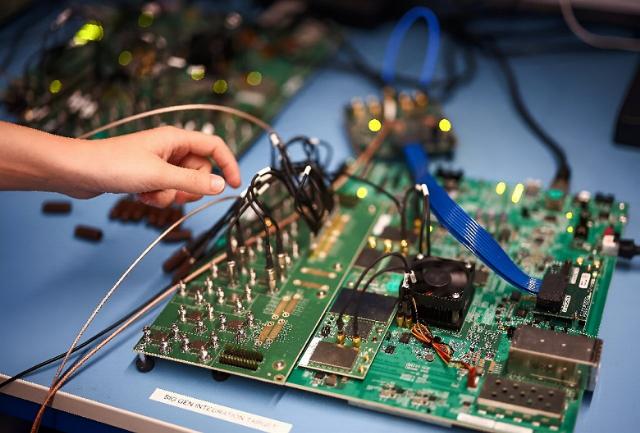Tech Giants invest in Quantum Computing: Riverlane offers a bug-fixing solution
Quantum computing, which promises revolutionary breakthroughs in drug development, combating climate change and other areas, is gaining momentum in the English city of Cambridge. Steve Brierley, founder of Riverlane, predicts that within a few years the technology will lead to a breakthrough similar to the launch of the first artificial Earth satellite.
Riverlane manufactures the world's first dedicated quantum decoder chip, which detects and corrects errors that hinder the development of technology.
As a sign of confidence in Riverlane's work and the sector as a whole, the company announced the raising of $75 million in Series C financing.
This is the threshold at which a quantum computer will be able to perform certain tasks better than conventional computers.
Quantum computers are "really good at simulating other quantum systems," Brierly explained. This could open the door to creating revolutionary medicines, increasing the efficiency of fertilizer production and creating much more efficient batteries - important tools in the fight against climate change.

The amount of information that quantum computers can process increases exponentially with increasing machine scale compared to conventional computers.
In traditional computers, data is stored in bits, each of which can take the value 0 or 1. Quantum bits, or qubits, can store all values from 0 to 1, but they are very susceptible to errors created by noise. Solving this problem is "the key to discovering useful quantum computing," Brierly said.
Technology giants such as Google, IBM, Microsoft and Amazon are investing huge sums in creating qubits and in attempts to reduce the number of errors.
According to Brierley, while modern quantum computers can only perform about 1,000 operations before they are overwhelmed by errors, the quality of real components has "reached a point where physical qubits have become good enough."
Such progress, as well as the potential of quantum computing to crack all existing cryptographs and create new efficient materials, are prompting regulators to act.
All photos: Riverlane

